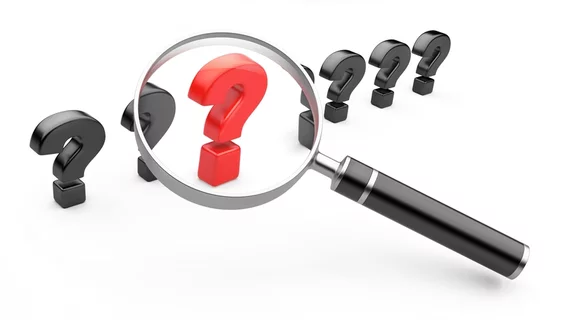Researchers detail MRI’s role in identifying early-stage breast cancer
Short-interval follow-up MRI is an effective tool for identifying early-stage breast cancer, according to findings to be presented at the American Roentgen Ray Society (ARRS) 2019 Annual Meeting in Honolulu.
The researchers explored the cancer yield of Breast Imaging Reporting and Data System (BI-RADS) 3 lesions in patients receiving non-baseline breast MRI screening—“those preceded by at least one screening exam”—and patients undergoing a baseline examination.
More than 6,000 screening breast MRI examinations performed on more than 3,000 patients were analyzed for this study. While 8.3% of the baseline exams received a BI-RADS 3 assessment, 2.1% of non-baseline exams were BI-RADS 3. Overall, 3% received such an assessment.
Thirteen (6.4%) of the BI-RADS 3 lesions yielded malignancy, and 12 of those 13 cancers were either stage 0 or 1 at the time of diagnosis. Among baseline exams that received a BI-RADS 3 assessment, the cancer yield was 2.4%. Among non-baseline exams that received a BI-RADS 3 assessment, the cancer yield was considerably higher (9.2%).
“This study clarifies that probably benign assessments can be as useful for MRI as they are for mammography,” co-author Leslie Lamb, MD, MSc, of Massachusetts General Hospital (MGH) in Boston and Harvard Medical School in Boston, said in a prepared statement.
“Many patients and providers question the utility of BI-RADS 3 in MRI, particularly as some insurers do not cover the costs of the short interval follow-up MRIs,” co-author Christine Edmonds, MD, department of radiology at MGH, said in the same statement. “This study clarifies that short interval follow-up MRI is a valuable method of identifying early stage breast cancer while avoiding unnecessary biopsies.”
Information about attending the ARRS annual meeting is available here.

